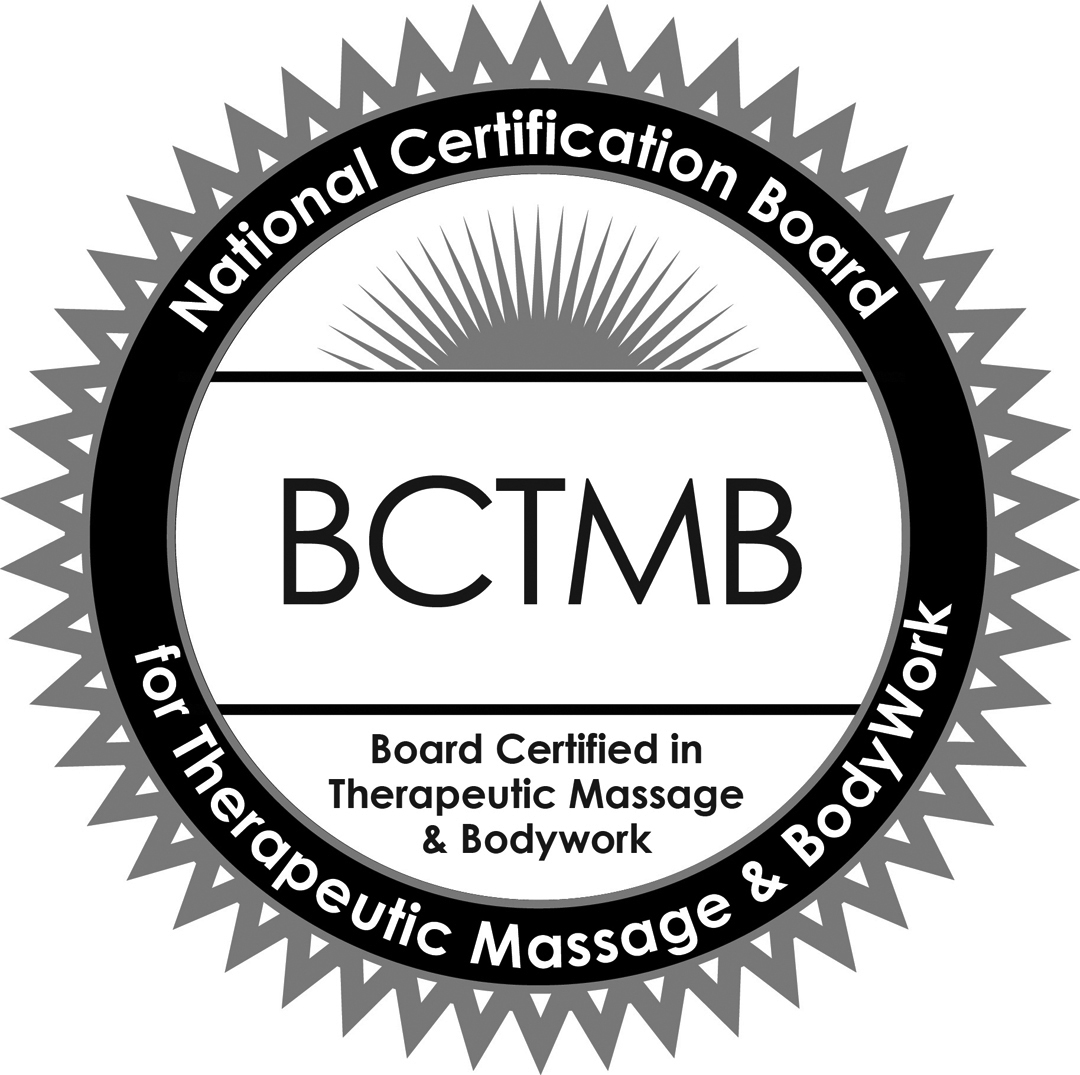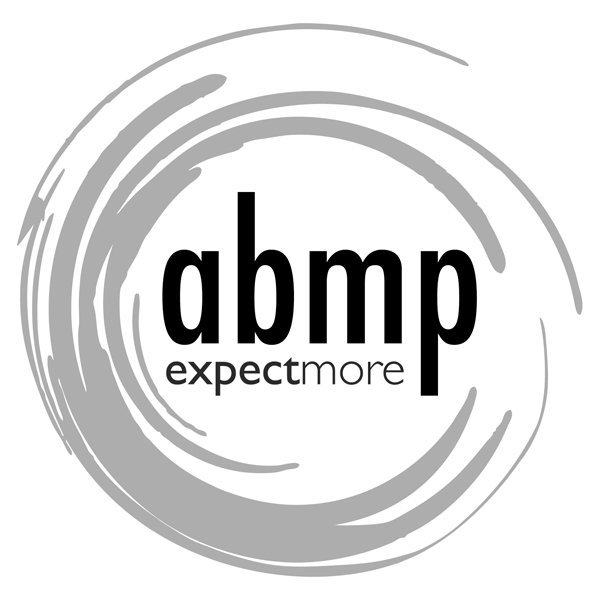Every massage or bodywork session is tailored to an individual’s needs and goals. A session may include all or several of the modalities listed below, ensuring a unique therapeutic experience each time.
Types of Massage: (click on links to learn more)
Neuromuscular Therapy (NMT)/Myofascial Trigger Point Therapy
Prices: (For all types of massage)*
30 min: $75
60 min: $105
90 min: $135
Gift Certificates Available
*All services are subject to current NJ Sales Tax, unless prescribed by a physician. Traveling fees apply. Click here to learn more.
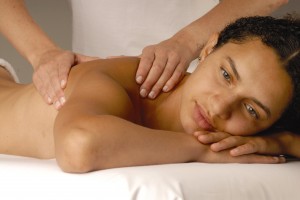 One of the most well-known types of massage, Swedish massage can be relaxing or stimulating depending on the need. The many benefits include generalized relaxation, dissolution of scar tissue adhesions, release of toxins (i.e. cellular/metabolic waste products), and improved circulation, which speeds healing and reduces swelling from injury.
One of the most well-known types of massage, Swedish massage can be relaxing or stimulating depending on the need. The many benefits include generalized relaxation, dissolution of scar tissue adhesions, release of toxins (i.e. cellular/metabolic waste products), and improved circulation, which speeds healing and reduces swelling from injury.
A combination of effleurage (feathering), petrissage (kneading), friction (rolling), tapotement/percussion (tapping) and vibration with the application of oil, are used to manipulate the soft tissues of the body. These five basic strokes all flow towards the heart improving circulation. Sometimes active and passive joint movements are also performed.
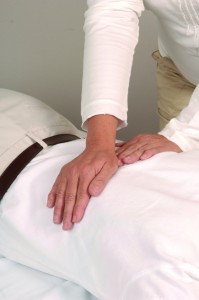 Developed in Japan thousands of years ago, shiatsu (shi meaning finger and atsu meaning pressure) is a finger-pressure technique utilizing traditional acupuncture points. This brings about a sense of relaxation while stimulating blood and lymphatic flow.
Developed in Japan thousands of years ago, shiatsu (shi meaning finger and atsu meaning pressure) is a finger-pressure technique utilizing traditional acupuncture points. This brings about a sense of relaxation while stimulating blood and lymphatic flow.
Similar to acupressure, shiatsu concentrates on unblocking the flow of life energy (chi) and restoring balance in the meridians and organs in order to promote self-healing. The benefits include pain relief and strengthening of the body’s resistance to disease and disorder.
With the client fully clothed, reclining or lying down, the practitioner applies pressure with the finger, thumb, palm, elbow, or knee to specific zones on the body (tsubos) located along the energy meridians. This technique also incorporates stretching.
Neuromuscular Therapy(NMT)/Myofascial Trigger Point Therapy
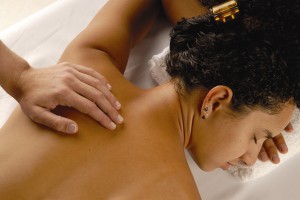 NMT is a very specialized form of deep tissue/manual therapy. The goal is to relieve pain and dysfunction of muscles and connective tissue (myofascial pain) by alleviating the underlying causes: nerve compression or entrapment; postural and biomechanical dysfunction (e.g. resulting from poor posture at the computer or while lifting); and trigger points (highly sensitive and irritated points in the muscle that can refer pain to other parts of the body).
NMT is a very specialized form of deep tissue/manual therapy. The goal is to relieve pain and dysfunction of muscles and connective tissue (myofascial pain) by alleviating the underlying causes: nerve compression or entrapment; postural and biomechanical dysfunction (e.g. resulting from poor posture at the computer or while lifting); and trigger points (highly sensitive and irritated points in the muscle that can refer pain to other parts of the body).
Latent trigger points can persist for years after recovery from an injury, causing acute attacks of pain, restriction in movement, weakness of the affected muscle and may be reactivated by stretching, overuse or chilling. Myofascial trigger point therapy utilizes compression of these trigger points and stretching to break down adhesions, eliminate pain, restore postural alignment, biomechanics, flexibility, strength and endurance.
Trigger point therapy’s success relies heavily on verbal/nonverbal client-therapist interaction throughout the session.
 Based on an ancient Chinese therapy, reflexology involves manipulation of specific reflex points found on the hands and feet that correspond to other parts of the body. This technique is used to reduce pain, increase relaxation, and stimulate circulation of blood and lymphatic fluids. Reflexology works with the body’s energy flow to stimulate self-healing and maintain balance.
Based on an ancient Chinese therapy, reflexology involves manipulation of specific reflex points found on the hands and feet that correspond to other parts of the body. This technique is used to reduce pain, increase relaxation, and stimulate circulation of blood and lymphatic fluids. Reflexology works with the body’s energy flow to stimulate self-healing and maintain balance.
Using the hands and feet as “mirrors” for the whole organism, pressure is applied to these reflex zones to stimulate body organs and relieve areas of congestion. Reflexology provides a way to work with health concerns, not ordinarily reachable through regular massage, such as organs and internal systems. The most common form of reflexology is foot reflexology.
 Essential oils (extracted from herbs, flowers, resin, woods, and roots) have been used in body and skin care treatments for thousands of years by the Egyptians, Greeks, and Romans. Aromatherapy aids in relaxation, improves circulation, and helps the healing of wounds.
Essential oils (extracted from herbs, flowers, resin, woods, and roots) have been used in body and skin care treatments for thousands of years by the Egyptians, Greeks, and Romans. Aromatherapy aids in relaxation, improves circulation, and helps the healing of wounds.
Essential oils can be used on their own or blended and added to a carrier oil and applied during massage. They can also be diffused throughout the room.
Each oil has its own unique characteristics and benefits. Massage Matters uses only 100% pure, therapeutic grade aromatherapy oils and is a distributor of Young Living oils and products.
 Originated in Japan in the early 20th century by Mikao Usui, Reiki (pronounced ray-key) is hands-on energy healing. Reiki reduces stress and anxiety and often times counteracts negative side effects of other treatments (i.e. pain or discomfort from chemotherapy).
Originated in Japan in the early 20th century by Mikao Usui, Reiki (pronounced ray-key) is hands-on energy healing. Reiki reduces stress and anxiety and often times counteracts negative side effects of other treatments (i.e. pain or discomfort from chemotherapy).
In a Reiki session, (rei, meaning universal energy and ki, meaning life force energy) the practitioner, trained to access and serve as a channel for the life force (ki or chi), places the hands on or just above the client’s fully clothed body in order to activate healing energy within receptive points on the body.
The person usually experiences a deep state of relaxation, peace, and general well-being as physical, mental and spiritual energy is balanced. Reiki is not a cure for illness or disease, but it may assist the body in creating an environment that facilitates healing.
Designed to help relieve many of the discomforts associated with pregnancy such as back aches, sciatica pain, leg cramps/soreness, swollen ankles and water retention, prenatal massage:

- Improves circulation, which promotes more efficient distribution of nutrients to the baby
- Eliminates excess fluid and reduces the chance of varicose veins
- Relieves headaches caused by tension, constipation or buildup of metabolic waste products
- Eases constipation, gas and heartburn as general relaxation stimulates intestinal movement
Taking time to relax and release tension enhances the physiological and emotional well-being of both mother and baby. Regular massage improves posture, muscle tone and flexibility, training the body for labor and easing the pain and anxiety associated with it.
Relaxation and comfort are always accommodated with pillows and bolsters, as well as suggestions provided on breathing techniques, exercises and stretches to utilize at home.
NOTE: In some cases, a physician’s release may be required.
 Helps restore the body to its pre-pregnancy condition and addresses the physical and emotional demands of carrying and caring for a newborn. Postpartum massage can speed recovery by bringing relief to sore muscles, reducing tension and increasing energy. If nursing, a relaxing massage can help reduce tension that interferes with milk secretion.
Helps restore the body to its pre-pregnancy condition and addresses the physical and emotional demands of carrying and caring for a newborn. Postpartum massage can speed recovery by bringing relief to sore muscles, reducing tension and increasing energy. If nursing, a relaxing massage can help reduce tension that interferes with milk secretion.
Massage can offer nurturing and comfort, whether or not postpartum “blues” are experienced. Ask about having your baby in the room with you during your massage.
In addition to supporting and enhancing the bonding process between baby and parent, infant massage also:

- Enhances neurological development
- Helps tone muscles and aids in growth
- Improves baby’s sleep
- Increases blood circulation
- Increases baby’s body awareness
- Increases oxygen flow to cells
- Promotes communication
- Relieves discomfort from chest congestion, colic, sinus congestion, and teething
- Relieves emotional stress
- Teaches babies that touch is a form of expression
- Aids in weight gain of premature infants
Infant massage instruction is available.
Geriatric massage addresses the psychological and physiological aspects of aging and its associated illnesses. Therapeutic massage can:

- Relieve pain from tight muscles
- Improve flexibility, posture and coordination
- Relieve itchy, dry skin
- Reduce swelling and speed healing from injuries or surgery
- Lower blood pressure
- Enhance restful sleep
- Ease breathing
- Increase vitality, energy and mental alertness
- Provide nurturing touch and ease isolation
Special concerns, such as difficulty in hearing, the need for more pillows or blankets, or too much pressure, are always accommodated. Geriatric massage can be performed in home settings or residential care facilities. The length of the session depends on overall health and reason for getting a massage. Regular massage is generally more important than the length of the session.
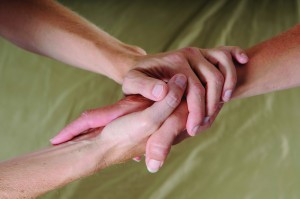 Palliative massage can provide relief from distressing symptoms such as pain, shortness of breath, fatigue, constipation, nausea, loss of appetite, anxiety and depression. Sessions can be offered in a patient’s hospital room or home, over clothing and with no body repositioning necessary. The techniques are slow, deliberate, calming and unique to each individual’s needs. Guided meditation for relaxation and stress management are also included.
Palliative massage can provide relief from distressing symptoms such as pain, shortness of breath, fatigue, constipation, nausea, loss of appetite, anxiety and depression. Sessions can be offered in a patient’s hospital room or home, over clothing and with no body repositioning necessary. The techniques are slow, deliberate, calming and unique to each individual’s needs. Guided meditation for relaxation and stress management are also included.
Palliative massage in not meant to replace other medical treatments, but to improve one’s ability to tolerate curative treatments and improve the quality of life experience for a seriously ill patient. For those approaching the last stages of life or in hospice, massage can help alleviate anxiety and physical discomforts.
Massage and meditation techniques are also helpful for family caregivers. All services can be coordinated with inpatient and outpatient care and in close communication with the medical team.
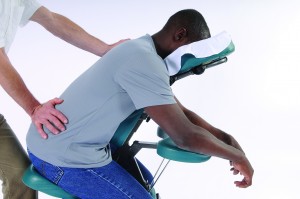 Seated massage is a short massage (5-30min.) done while sitting in a chair or in a specially designed portable massage chair and can be done almost anywhere: work, street fairs, health fairs, fitness centers, malls, airports, conventions, fund raisers, social gatherings. In a short time, seated massage can relieve mental and physical stress, reduce tension and pain and boost energy and alertness.
Seated massage is a short massage (5-30min.) done while sitting in a chair or in a specially designed portable massage chair and can be done almost anywhere: work, street fairs, health fairs, fitness centers, malls, airports, conventions, fund raisers, social gatherings. In a short time, seated massage can relieve mental and physical stress, reduce tension and pain and boost energy and alertness.
Many companies, large and small, private and government, have implemented on-site seated massage programs. Easy to set up and run, cost effective and versatile seated massage excels as a wellness program. Simply assign a contact person, provide a quiet space (such as a conference or break room) and encourage employees to use it.
It’s convenient and safe, provides immediate results and people enjoy it! Seated massage can be used as an incentive for achieving company goals or as a reward at the completion of projects.





